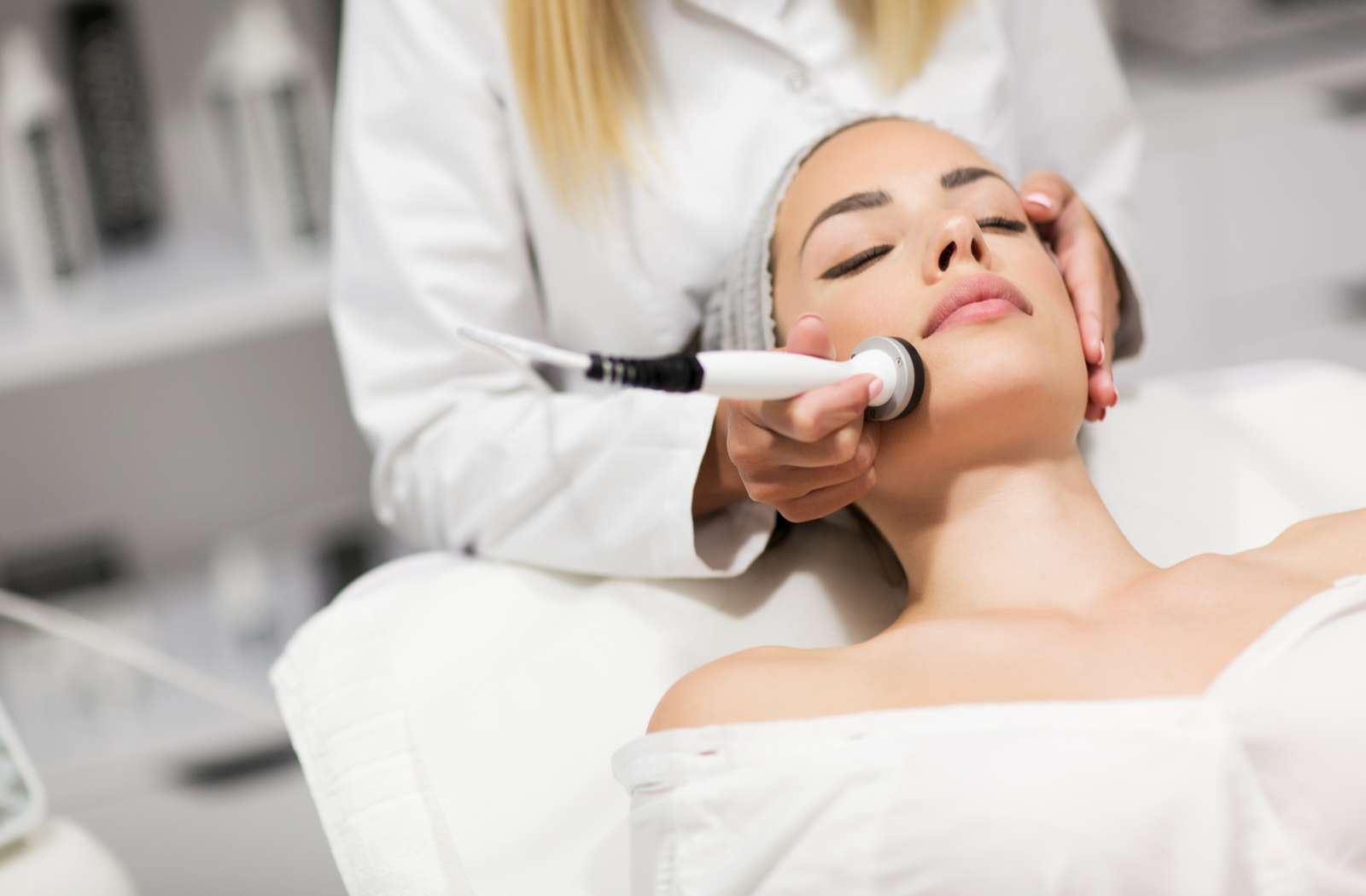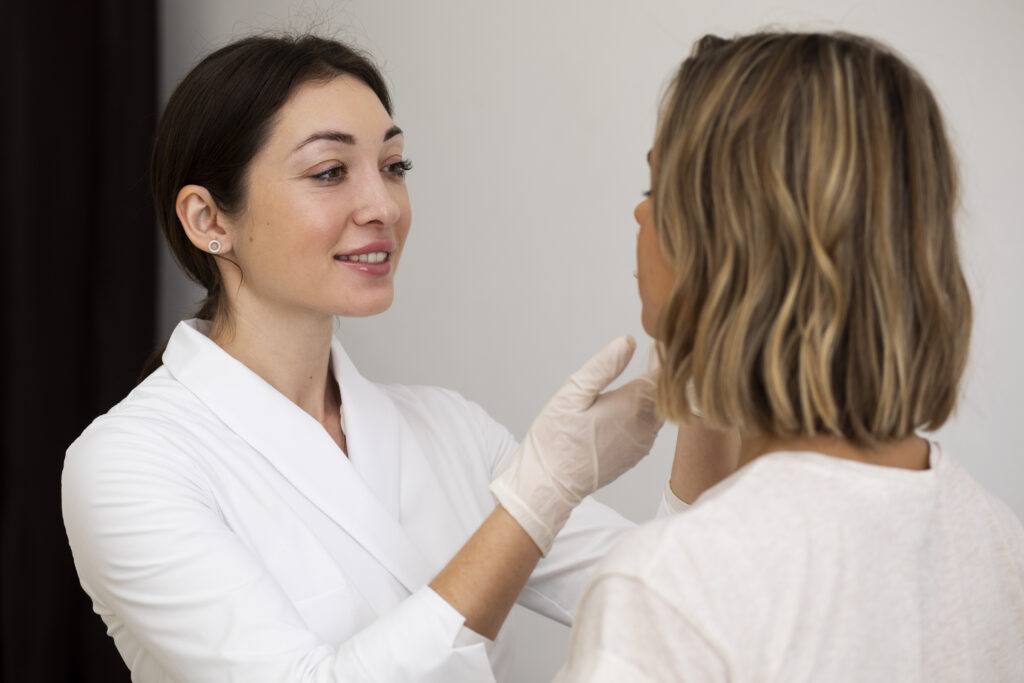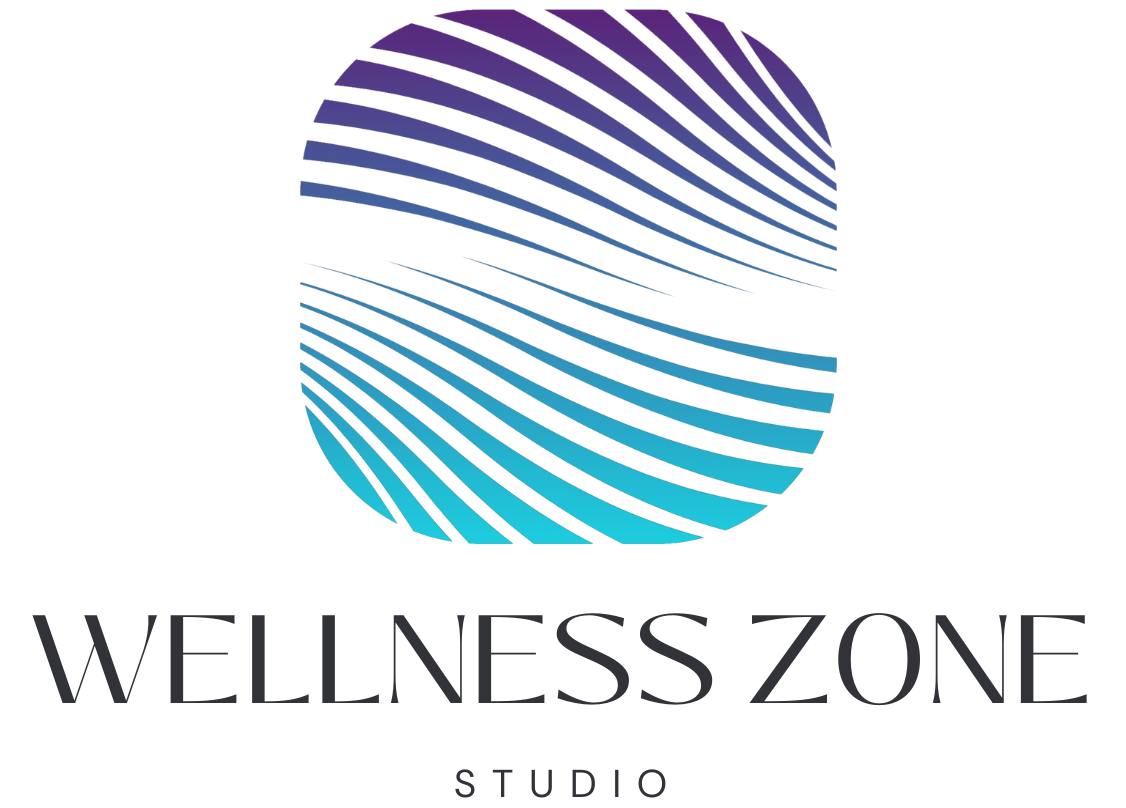Blog

Radiofrequency Face Treatments – 7 Things You Need to Know
If you’ve been searching for a way to tighten, tone, and refresh your skin—without surgery or downtime—you’ve probably come across the term radiofrequency face treatments. And if you’re wondering what all the buzz is about, you’re in the right place.
This non-invasive skincare trend has become a go-to for celebrities, dermatologists, and everyday glow-getters alike. But with all the hype comes a lot of questions: Is it safe? How does it work? Will it actually make a difference?
In this post, we’re cutting through the noise and giving you 7 essential things you need to know before booking your first appointment (or trying it at home). Whether you’re looking to smooth out fine lines, lift sagging skin, or just learn more about how radiofrequency works, we’ve got you covered—with honest insights and zero jargon.
Let’s break it down and help you decide if a radiofrequency face treatment is the right move for your skin goals.
What Is a Radiofrequency Face Treatment, Exactly?

Let’s start with the basics. A radiofrequency face treatment (often shortened to RF facial) is a non-invasive skincare procedure that uses—yep, you guessed it—radiofrequency energy to gently heat the deeper layers of your skin.
But don’t worry, we’re not talking about anything painful or high-voltage here. This isn’t the same kind of radiofrequency you’d find in your Wi-Fi router. In the world of skincare, RF energy is safely targeted at the dermis (the layer beneath the surface of your skin), where it works its magic by stimulating collagen and elastin production—the two proteins responsible for keeping your skin firm, plump, and youthful.
Think of it like a gentle workout for your face. The heat from the treatment tricks your skin into thinking it’s under stress, which encourages it to produce more collagen as a natural healing response. The result? Tighter, smoother, and more lifted skin over time.
And the best part? There’s no cutting, no needles, and no downtime. You can literally go in for a session and be back to your day right after—maybe even glowing a little more than before.
So if you’ve been looking for a way to firm up your skin without going the surgical route, radiofrequency face treatments just might be the low-maintenance solution you didn’t know you needed.
What to Expect During a Treatment Session

So, what actually happens during a radiofrequency face treatment? If you’re imagining something intense or uncomfortable, don’t worry—wellness professionals make the process surprisingly simple and even a little relaxing.
The Prep
Most sessions start with a quick consultation, especially if it’s your first time. Your provider will assess your skin, talk through your goals, and explain the process. Your face will be cleansed, and a gel (usually similar to ultrasound gel) is applied to help the device glide smoothly and protect your skin.
The Treatment Itself
Once the treatment begins, the wellness professionals uses a handheld device that emits controlled RF energy. As the device moves over your skin, you’ll feel a gentle warmth—like a hot stone massage for your face. It shouldn’t be painful, although some areas (like the jawline or cheekbones) might feel slightly warmer than others.
The session usually lasts between 30 and 60 minutes, depending on the area being treated and the type of RF device being used.
Post-Treatment
Right after your session, your skin might look a little flushed—similar to a light sunburn—but this typically fades within a few hours. There’s no peeling, no downtime, and no major aftercare. You can go about your day, reapply makeup, and even hit the gym if you want.
That said, it’s always smart to hydrate well, wear SPF, and avoid harsh skincare products for a day or two to let your skin settle and get the most from the treatment.
In short, expect a comfortable, low-stress experience with immediate skin tightening and a gradual improvement in tone and texture over the following weeks.
Is It Safe? What You Should Know About Risks and Side Effects

Whenever you’re considering a new skincare treatment, safety is always a top priority. So let’s get straight to the point: radiofrequency face treatments are generally very safe—especially when performed by a trained, licensed professional.
Clinically Backed and FDA-Cleared
RF technology has been used in medical and cosmetic treatments for decades. In fact, many devices used for facial treatments today are FDA-cleared for non-invasive skin tightening. That means they’ve gone through testing for both safety and effectiveness.
Non-Invasive Means Minimal Risk
Because there are no incisions, needles, or harsh chemicals involved, the risk of complications is low. Most people experience only mild, temporary side effects, such as:
- Slight redness or warmth in the treated area
- Minor swelling (which typically fades within a few hours)
- Very rare cases of mild tenderness or sensitivity
These reactions are usually short-lived and part of the normal healing process as your skin starts producing new collagen.
Who Should Avoid It?
While radiofrequency face treatments are suitable for most people, there are a few exceptions. You should avoid or postpone treatment if you:
- Are pregnant or breastfeeding
- Have metal implants in your face or neck (like a pacemaker or surgical screws)
- Have active skin infections or open wounds in the treatment area
Always consult with a professional to make sure RF is a good fit for you. A reputable provider will ask the right questions to ensure your safety before moving forward.
Bottom Line
When done properly, a radiofrequency face treatment is one of the safest and most low-risk ways to firm your skin and reduce signs of aging. Just make sure you’re working with a qualified practitioner or using a well-reviewed, FDA-cleared device if you’re doing it at home.
How Many Sessions Do You Really Need?

One of the most common questions people have about radiofrequency face treatments is: How many sessions does it take to see results? The honest answer is—it depends.
It’s Not a One-and-Done Treatment
While you might notice a slight glow or tightening effect after your very first session, radiofrequency works gradually by stimulating your skin’s natural collagen production. That process takes time. For most people, a visible and lasting improvement happens after a series of treatments, not just one.
The Typical Treatment Plan
Here’s what a standard treatment schedule might look like:
- Mild skin laxity or early signs of aging: 3 to 4 sessions spaced 2–4 weeks apart
- Moderate skin concerns: 4 to 6 sessions for best results
- Maintenance: A touch-up session every 6 to 12 months to keep your skin firm and fresh
Your provider will personalize a plan based on your age, skin condition, and goals. Some RF devices are stronger than others, so the recommended number of sessions may vary depending on the technology being used.
What About At-Home RF Devices?
If you’re using an at-home radiofrequency device, consistency is key. Most brands suggest starting with 2–3 sessions per week for the first few months, followed by maintenance once a week. While at-home tools are generally less powerful than in-clinic machines, they can still deliver noticeable results with regular use.
Key Takeaway
Think of it like going to the gym—you won’t get sculpted after one workout. But with a bit of commitment and a consistent treatment plan, radiofrequency face treatments can deliver impressive, long-lasting skin improvements that build over time—and yes, radiofrequency can be used on the body too for tightening and contouring.
RF vs. Other Skin Tightening Options: What Makes It Different?

With so many non-surgical treatments on the market, it’s easy to feel overwhelmed. Microneedling, Botox, lasers, ultrasound—the list goes on. So how does a radiofrequency face treatment stack up against the rest?
RF vs. Microneedling
Both treatments aim to boost collagen, but they do it differently. Microneedling uses tiny needles to create controlled micro-injuries, which triggers the skin’s repair process. RF, on the other hand, uses heat to tighten and stimulate deeper layers without breaking the skin’s surface.
For people who want a more comfortable, no-downtime option, radiofrequency is often the preferred choice. Some advanced treatments even combine RF with microneedling for more dramatic results.
RF vs. Botox
Botox is great for temporarily relaxing facial muscles that cause wrinkles—think forehead lines and crow’s feet. But it doesn’t do much for skin texture, sagging, or overall firmness.
That’s where RF shines. It addresses the foundation of aging skin, helping to lift and firm rather than freeze.
RF vs. Laser Treatments
Laser treatments resurface the top layers of the skin and are great for treating sun damage, pigmentation, and fine lines. However, they often require downtime and aren’t always ideal for darker skin tones.
Radiofrequency, in contrast, works below the surface and is safe for all skin types, making it a more versatile option for long-term tightening and rejuvenation.
So Which One’s Right for You?
It depends on your goals. If you’re focused on firming and want something non-invasive with no downtime, radiofrequency is a standout option. If you’re still unsure, it’s worth searching for a radiofrequency facial near me and booking a consultation to talk through what’s best for your skin.
Also Read:
How to Choose the Right Provider or At-Home Device

Whether you’re considering an in-office treatment or thinking about investing in a device you can use from your bathroom counter, choosing the right option is key to getting real, safe results from a radiofrequency face treatment.
If You’re Going to a Professional…
Not all treatments—or providers—are created equal. Here’s what to look for:
- Credentials Matter: Choose a licensed aesthetician, dermatologist, or medical professional trained in radiofrequency skin therapy. Experience matters, especially when it comes to working with different skin types.
- Ask About the Technology: Not all RF machines are the same. Some use monopolar, bipolar, or multipolar energy, and some even combine RF with microneedling or ultrasound. Ask your provider what kind of device they use and why.
- Look at Before & Afters: A reputable clinic will have photos of real clients they’ve treated. These can give you a more realistic idea of what to expect from a series of sessions.
- Check Reviews: Look up local providers, read real client testimonials, and don’t be afraid to search for phrases like “best radiofrequency facial near me” to find trusted names in your area.
If You’re Going the At-Home Route…
At-home RF devices have come a long way, but choosing one can still feel like a guessing game. Here’s how to narrow it down:
- Look for FDA-Cleared Devices: This is a basic safety must. It means the product has passed some level of clinical testing and regulatory standards.
- Read the Fine Print: Pay attention to recommended usage—how often you need to use it, and how long it takes to see results. Consistency is key.
- Watch for Warranties & Support: A good at-home device should come with a warranty and customer support in case something goes wrong.
- Stick With Trusted Brands: Do your research and go with brands that have been reviewed by professionals or featured in reputable beauty publications.
The Bottom Line
Of course! Here’s your revised paragraph with a natural, inviting call to action added at the end:
Whether you’re in a clinic or in your own home, the success of your treatment often comes down to who’s doing it—and what they’re using. Take the time to research, ask questions, and make sure you’re choosing an option that aligns with your skin goals and comfort level. When you’re ready to take the next step, don’t hesitate to contact trusted wellness professionals who can guide you toward the right radiofrequency treatment for your needs.
Conclusion
If you’re looking for a way to lift, firm, and refresh your skin—without needles, downtime, or surgery—radiofrequency face treatments are a game-changer. From boosting collagen to improving overall skin tone, the benefits are real and backed by science.
What makes this treatment stand out is its ability to deliver natural-looking results over time. It’s gentle, effective, and suitable for almost every skin type. Whether you’re starting to notice fine lines or just want to maintain that youthful glow, RF treatments can be a smart, low-maintenance addition to your skincare routine.
Not sure where to begin? A quick search for radio frequency skin tightening near me can help you find qualified professionals in your area who offer personalized consultations and trusted technology. Or, if you prefer convenience, an at-home device might be a great way to ease into the world of RF at your own pace.
Either way, the path to firmer, smoother skin could be just one treatment away.
